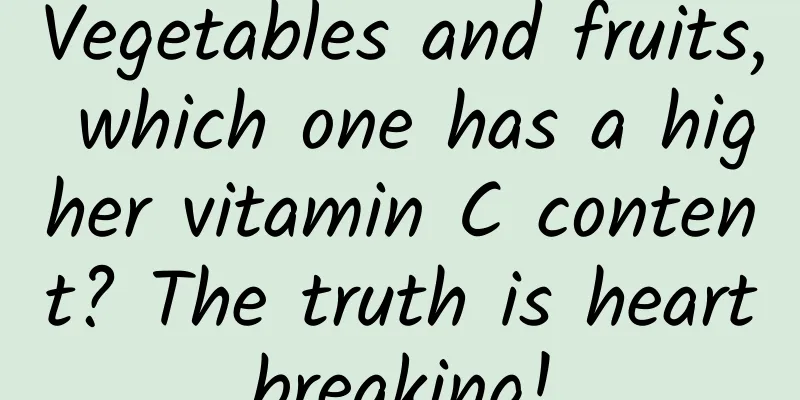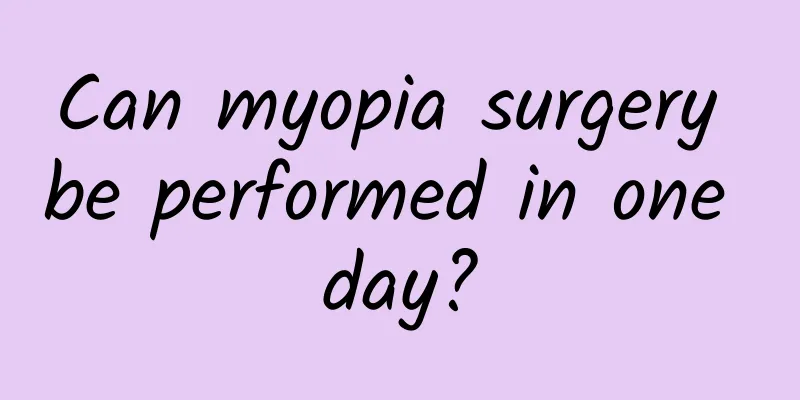Vegetables and fruits, which one has a higher vitamin C content? The truth is heartbreaking!

|
gossip: The vitamin C content of fruits is higher than that of vegetables. the truth: When it comes to foods containing vitamin C, some people first think of fresh fruits such as oranges, strawberries, and kiwis. So does the vitamin C content of fruits have to be higher than that of vegetables? In fact, the vitamin C content of vegetables, like that of fruits, also varies. Some vegetables even contain more vitamin C than fruits. Tuchong Creative vegetable-- Sweet peppers and colored peppers: They are rich in vitamin C, with the vitamin C content of sweet peppers and colored peppers reaching 130 mg/100 g and 104 mg/100 g respectively, which means that eating 100 g of sweet peppers or colored peppers can meet 130% and 104% of an average adult's daily vitamin C needs. Both can be eaten raw, with a sweet taste and better nutritional retention, avoiding the loss of vitamin C during cooking. Chinese cabbage: The vitamin C content of Chinese cabbage is quite good among green leafy vegetables, which is 64 mg/100 g. Try to choose low-temperature cooking, such as stir-frying over high heat, Chinese cabbage soup, or blanching it in boiling water and then serving it cold, so that more vitamin C can be retained. Kale: This vegetable looks good and is mostly found in flower beds. It contains 63 mg/100 g of vitamin C. It is also rich in beta-carotene, which can be converted into vitamin A in the body and is good for eye health. Cherry tomatoes: Its vitamin C content is 33 mg/100 g, which is 2.4 times that of large tomatoes. Eating about 15 cherry tomatoes can almost meet 66% of the daily vitamin C needs of an average adult. And it is super convenient to eat, just wash it and eat it one at a time! Tuchong Creative fruit-- Winter jujube: The vitamin C content is quite considerable, 243 mg/100 g. Even if you only eat two or three winter jujubes, you can meet your daily vitamin C needs. However, winter jujubes are high in calories, so if you want to lose weight, don't eat too much. Kiwi: Kiwis have a sweet and sour taste and contain 62mg/100g of vitamin C. Although not as good as winter dates, eating 1-2 kiwis a day can almost meet the daily vitamin C requirement, and the price is not expensive. Strawberry: The vitamin C content of strawberry is as high as 47 mg/100 g, which is nearly twice that of grapes. Strawberry is a low-calorie, low-GI fruit, very suitable for friends who need to lose weight and control blood sugar. Orange: The vitamin C content is 53.2 mg/100 g. Eating 1 to 2 fresh oranges can meet the daily vitamin C needs of the general population. However, oranges are also rich in beta-carotene. Eating too many will turn you into a minion, but it is not harmful to your health and you will recover as long as you stop consuming them for a few days. From the above, it can be seen that the vitamin C content of sweet peppers, colored peppers, bok choy and kale among vegetables is higher than that of kiwi, strawberry, orange and other fruits of the same weight. The public can expand the range of ingredients when choosing supplements, pay attention to nutritional combinations, and scientifically understand more nutritious ingredients. |
<<: Why can't I wash off the "mud" on my neck? Doctor: This is not mud, be careful of these diseases
>>: Eating soil is worse than eating duck blood? Are “lung-clearing” foods really useful?
Recommend
Can pregnant women drink ginger and jujube tea?
Pregnant women are the group that needs to be mor...
How about Red Core Fujie Wash
For women, gynecological diseases are very scary....
What is the disease of watery leucorrhea with fishy smell?
If women find that their leucorrhea is abnormal a...
Doctors at Peking Union Medical College say: Are you working out like crazy? Be careful! Your fatty liver may not be able to handle it.
During Mr. Wang's physical examination last y...
What are the differences between the two commonly used inhaled glucocorticoid drugs for the treatment of COPD?
A friend asked Huazi, in the treatment of chronic...
Biochemical signs after transplantation
If some women have symptoms of infertility, they ...
Can I use mugwort leaves to soak my feet during menstruation?
Around the Dragon Boat Festival, there are always...
The most typical symptoms of ectopic pregnancy
Ectopic pregnancy mainly refers to abnormal impla...
What is the process of removing the female contraceptive ring?
Insertion and removal of the IUD are two surgical...
How to treat indigestion in pregnant women
If pregnant women have indigestion, a lot of the ...
How to treat lower abdominal pain before menstruation?
Every normal woman will have menstruation. Do you...
How to wear a mask on a smoggy day
How to wear a mask on a smoggy day Tongling Disea...
Immunotherapy for lung cancer and treatment principles for non-small cell lung cancer, let’s hear what experts have to say
Global Lung Cancer Awareness Month Live Event The...
Can I sleep with my partner when I don't have my period?
The occurrence of menstruation is related to the ...
Is cervical cancer screening painful?
TCT is the general name for liquid-based cytologi...









